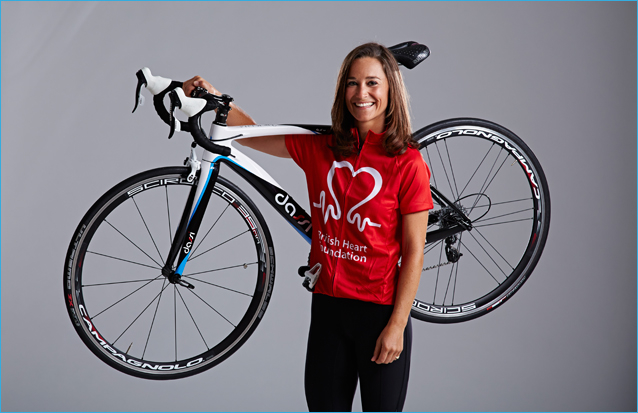
Mike Taylor explains how British Heart Foundation expanded its eBay retail operation to increase turnover tenfold.
We set up our eBay arm in 2006 on a small scale, with a team of two working out of an office above one of our shops in Yorkshire. Unusual or high-value items that were donated to our shops around the country would be posted to the Yorkshire office, where the team would photograph and value them, and manage the online auction process.
For the first five years, we were making around £160-170k in sales from eBay. It was pretty obvious, looking at the numbers, that there was a lot of unfulfilled potential - as a charity retail operation with shops all around the country, we get given hundreds of thousands of items. Among these are a great many high-value and unusual items that would almost certainly command a premium on eBay.
Capacity was the issue; and so we decided to invest in a dedicated, 5,000 sq-ft warehouse premises in Leeds. We acquired some equipment to make the building fit for purpose (storage racks and computers, for example), and we hired 18 more staff, each of whom specialise in a different category of goods (vintage clothing, furniture, jewellery, cameras, etc), bringing our team to 20.
Logistics
In terms of logistics, smaller items such as jewellery that are identified as valuable or unusual can simply be sent by post to our Leeds warehouse for processing. But our shops also receive a high number of larger items, such as bespoke furniture, which can’t easily be posted; and so for these items we operate a collect-from-store policy. Staff in the shop will photograph the item and send the picture up to Leeds, along with any information they have about the item. Our team in Leeds will then handle the auction, including doing any further research into the item in order to be able to describe it accurately and enticingly on eBay.
While collect-from-store obviously places geographical limitations on sales, we’ve found that people are often prepared to travel quite a distance to collect an item that they perceive as highly valuable and/or collectable.
The right audience
By auctioning high-value and unusual goods on eBay, not only are we now marketing to millions of customers around the world, we are also appealing to people specifically looking out for those items, giving ourselves the opportunity to get the best possible price for goods that otherwise might have remained unsold or gone cheap.
For example, if someone drops off an unusual item that serves no functional purpose today, such as an old tape recorder, it might sit in the shop for months unsold, and may end up being hugely reduced in price in order to get rid of it. This is because it’s unlikely that the customers who happen to visit our shop will be looking for such an item and they may not perceive it as being valuable. But if you can put the item in front of the right audience - collectors of vintage radios and recording devices - suddenly its value shoots up. We sold an old 1960s reel-to-reel tape recorder on eBay for £500 the other week.
Other items we’ve sold online include a ventriloquist’s dummy, which went for £670; a vintage custard powder tin which fetched £107; and a rare Vivienne Westwood corset which sold for £124. Currently, we are auctioning Pippa Middleton’s signed Dassi bicycle (pictured), which she rode in her recent charity bike ride across the United States.
Expanding our eBay retail operation was a good decision: our turnover has shot up to around £1.5m - ten times what it was before.
Mike Taylor is retail director at British Heart Foundation




